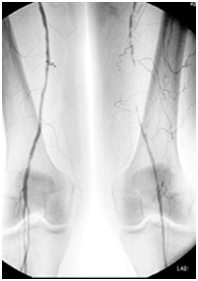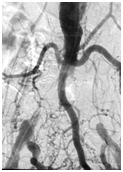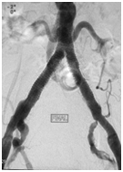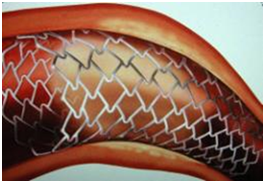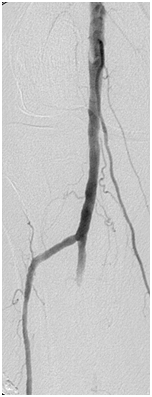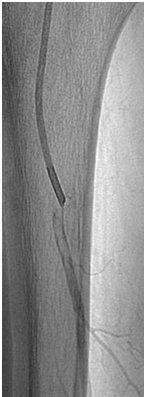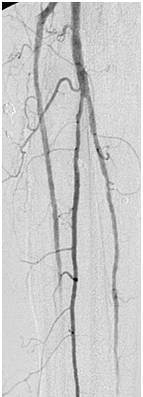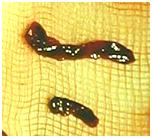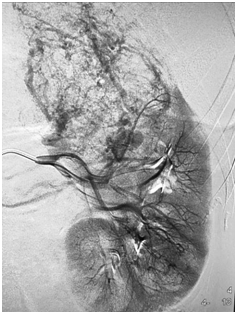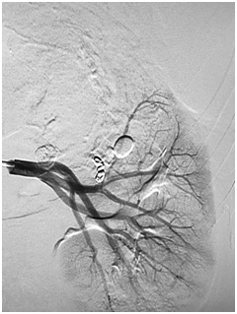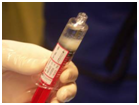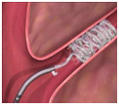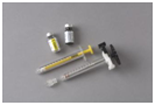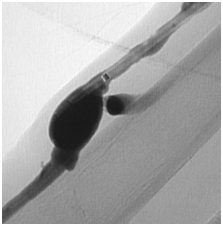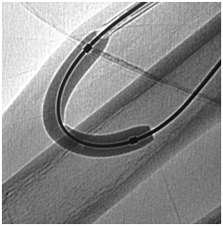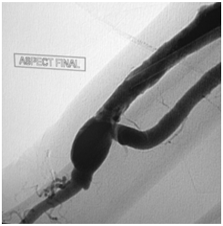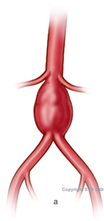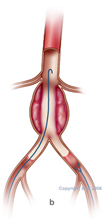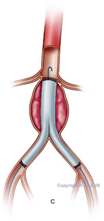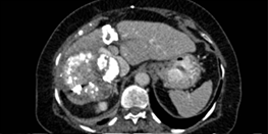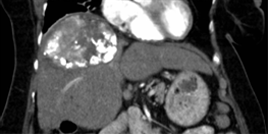This department oversees care for all emergency or scheduled arterial and venous vascular pathologies. Its medical team combines surgical and radiological knowledge, enabling us to offer a comprehensive range of techniques: conventional, minimally invasive, hybrid and endovascular surgeries. For optimal efficacy, we work in close collaboration with the functional exploration (vascular Doppler), cardiology and heart surgery (combined surgery) teams. We maintain a strong relationship with the nephrology (and its dialysis unit), medical imaging (CT scanner and MRI) and anesthesia-resuscitation teams. The combination of these skills enables us to explore and treat a large variety of vascular pathologies:
- Arterial: obliterating arteriopathy of the lower limbs, diabetic arteritis, abdominal aortic or thoracic aneurysms, renal artery stenoses, neck vein stenoses (carotids, subclavian and vertebral).
- Venous: venous insufficiency (varicose veins treated surgically or by radiofrequency), pelvic varices, etc.
- Hemodialysis accesses: creation and modification of accesses, phlebography of the extremities, dialysis catheter placement, etc.
- Pelvis: embolization of uterine fibromas, varioceles, etc.
- Oncological: chemo-embolization, intra-hepatic catheter placement: files reviewed as part of an oncology multidisciplinary team meeting (MTM) with the 3C CCConcorde team
We are available 24 hours a day and 7 days a week to treat emergency cases: acute limb ischemia, embolizations in the event of bleeding, aortic pathologies (aneurysms or dissections), etc.
Resources available:
- Outpatient and inpatient facilities
- A dedicated angiography room within the cardiovascular department
- Surgical suites equipped with angiography machines
Vascular surgery:
- Dr Alain PIQUOIS : arterial and venous pathologies
- Dr Nabil HMIDA : arterial and venous pathologies
- Dr Olivier VAN LAERE : arterial and venous pathologies and hemodialysis accesses
Interventional vascular radiology:
- Dr Bernard BEYSSEN : arterial and venous pathologies, hemodialysis accesses and embolization
- Dr Luc TURMEL RODRIGUES : hemodialysis accesses
- Dr Sameh AWAD : arterial and venous pathologies, hemodialysis accesses, embolization, chemoembolization

